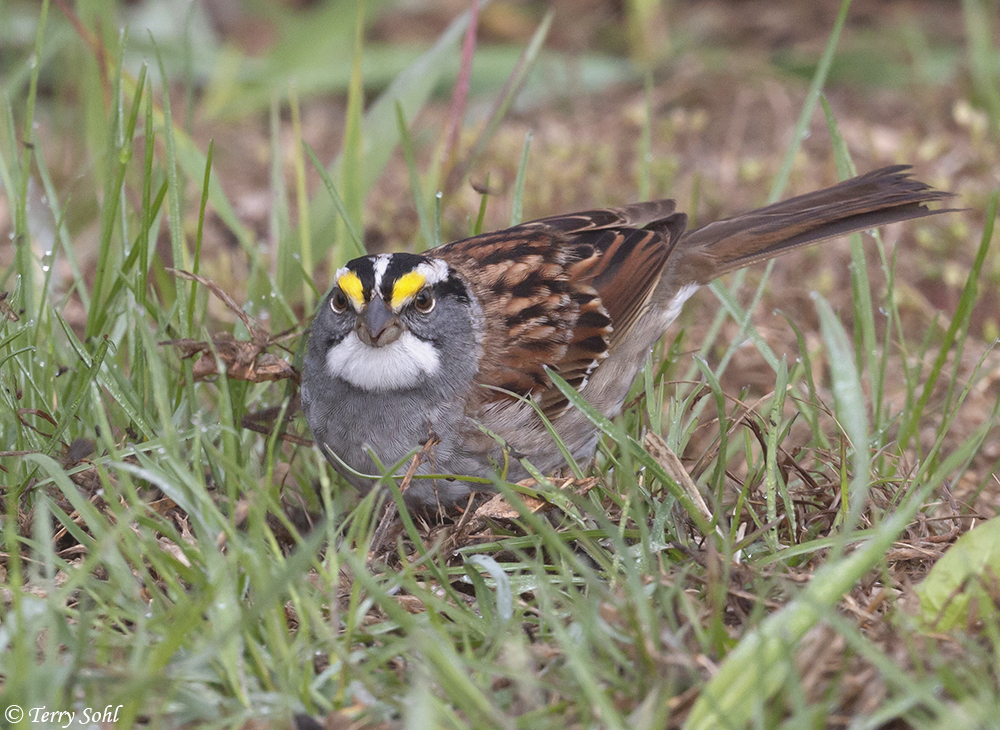When you read the news since, oh…early November 2016, there’s a common theme in many of the news stories. That theme? Misogyny. I cringe when I read the news. I wince when I see how female relatives and friends are often treated. I am disheartened by the “meh” response of many people, for whom misogynistic behavior is so ingrained that it’s second nature and they don’t give it a second thought. And BTW, who am I kidding…the problem goes back FAR before November 2016, although it’s certainly been brought to the forefront since then as attempts have been made to wipe away many of the gains women have made.
Now, I’ve REALLY tried my best to try to focus more on birds and photography on my blog, although sometimes I must necessarily vent on the latest political topic of the day. But after a long week, right now this is a topic that’s too heavy for me to want to tackle. So why I’m a starting a post about misogyny? Bear with me, but…while out shooting the other night at Good Earth State Park, I was surrounded by the songs of Rose-breasted Grosbeaks. It seemed like around every corner was another singing bird. I tried and tried to get a photo of one singing, but kept being foiled, with birds either flying away when I got close, or simply stopping their singing and giving me a nasty look.
I ended up taking very few photos that night until the very end. I was trudging up the trail back to my car when I saw a Rose-breasted Grosbeak perched on a log. It wasn’t singing. It didn’t immediately grab my attention as a singing Rose-breasted Grosbeak might because…it was a female. As I raised the camera to shoot, a thought shot through my mind…I’m a misogynistic bird photographer! It’s not just this night or this species. For example, if I’m at a wetland and am surrounded by Yellow-headed Blackbirds, I’m not trying to shoot the less brilliantly plumaged females…I’m going after the males in their striking, colorful breeding plumage. In fact, I think nearly EVERY bird photographer is “misogynistic”, in that the ratio of male-to-female photos is…what…5 to 1 for species with even minor plumage differences? Maybe even 20 to 1 or more where the male is very brightly colored and the female is more drab?
In my small way to fight back against misogyny in general, here’s an ode to the female…the female bird! Below are some of my favorite female bird photos I’ve taken over the years.
NOTE: I’m taking a short hiatus from blogging while I deal with some things, but I will be back soon!
Also Note: This blog post is dedicated to my wonderful wife, who CLEARLY is the better half. In what’s unfortunately a man’s world…she rocks.













